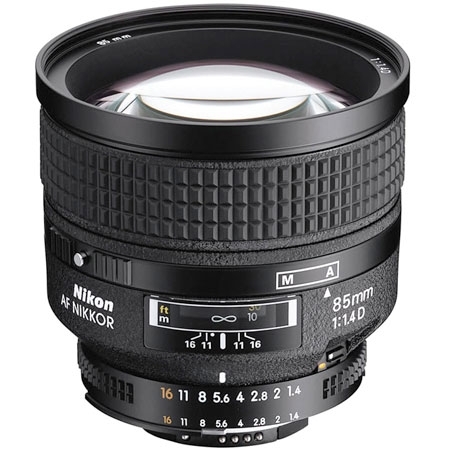

The Observatory Roof provides a safe undisturbed environment.

Following a detailed design study, optimized for field of view, image quality and aperture, we selected the Nikon Nikkor 85mm f/1.4. The Canon EF 85mm f/1.2L II lens was rejected on image quality and lack of a manual aperture control. Both lenses provide a 10° field of view.
We operate in “white light” -- currently with only a UV filter to limit the blue end. Future options include adding a red cutoff.

Following, the design study we selected
the Starlight Xpress
SXV-H16 camera.
This is a 4.2 Mpixel camera with 44% QE and 2-stage Peltier cooling. The detector
is a Kodak CCD: KAI4021M. It is manufactured and distributed in the UK, has
physical dimensions of dia 75mm x 100mm. Price, standard software support for
Windows, advice available from manufacturer on applications and user expertise
with Linux, gave it the edge over its nearest competitor, the SBIG
ST-10XMEI.
Although the camera is advertised as 16-bit, i.e 32000 grey levels, the A/D converter effectively only gives 12-bits for the detector plus 4-bits of read-out noise, hence a maximum of ~4000 grey levels. This is a potential problem for our application, since the target 1% photometric precision requires ~10,000 counts (assuming Poisson counting statistics), which we hope can be overcome with multiple exposures.
Key component. Generally a CCD. Characterized by size, including pixel size (generally between 6 and 25 microns), pixel number (between 0.3 and 6 Mpixels), and quantum efficiency (QE) – the probability that any individual photon incident on the detector will be recorded. Also by read-out noise and dark current, both of which increase with temperature.
Each camera is placed in a weatherproof housing on a very rigid mount. Environment control is required to keep the front glass and camera lens moisture free. Rigidity is designed to eliminate camera movement from cleaning or other maintenance. The mount can be modified to hold up to one additional camera.
Power supplies and time switches are located in a weatherproof metal case which forms part of the telescope mount.
Camera control and data download
are supplied through a USB1.1 led to a Linux computer on the top floor of the
Observatory, using ducting already installed for another experiment. The cable
run is too long for USB2.
A standard desktop PC runs the camera control software, though it has a lot
of disk capacity for the large number of images expected.